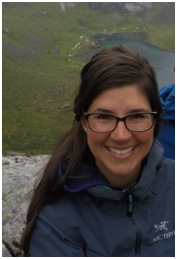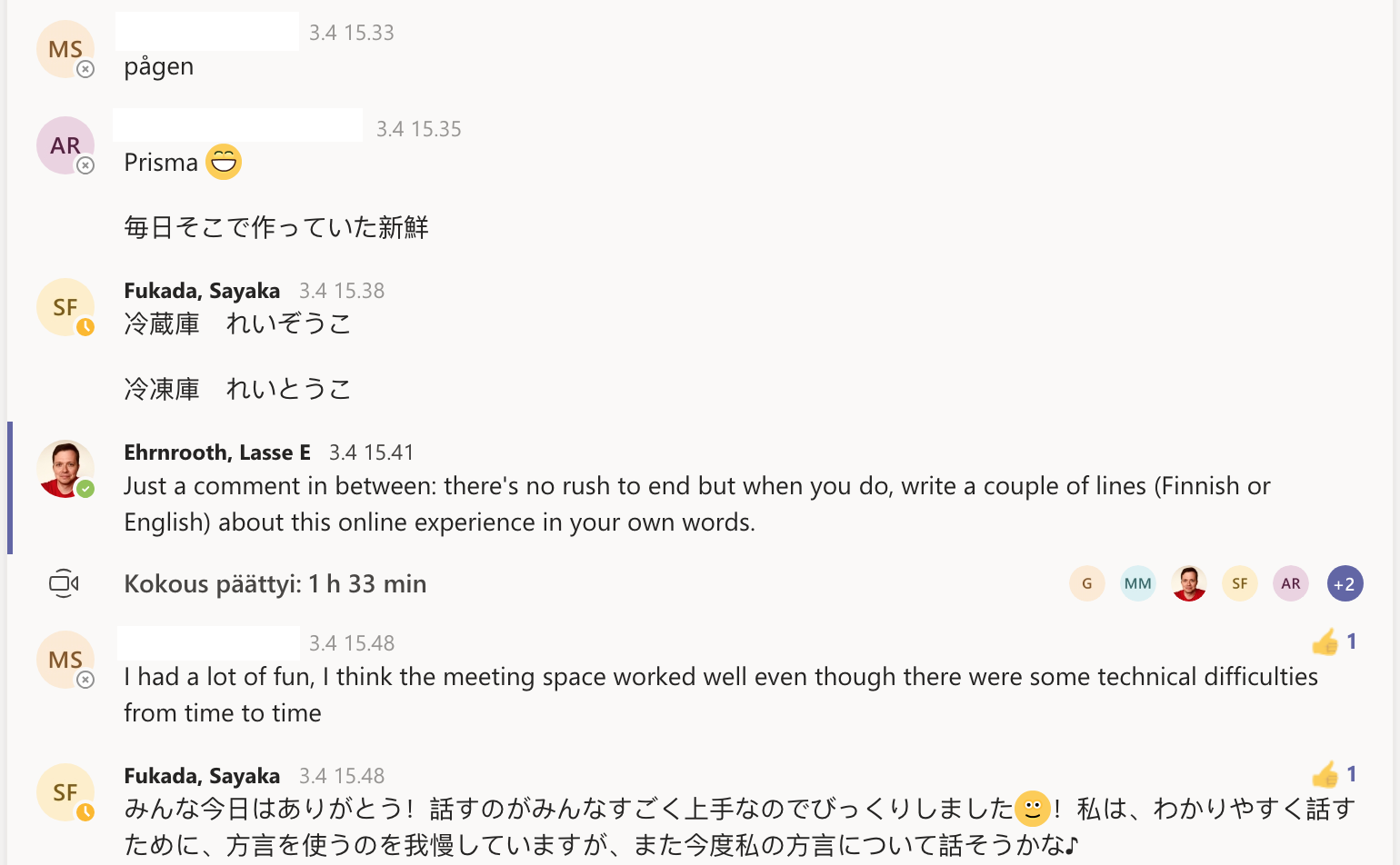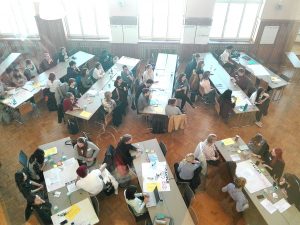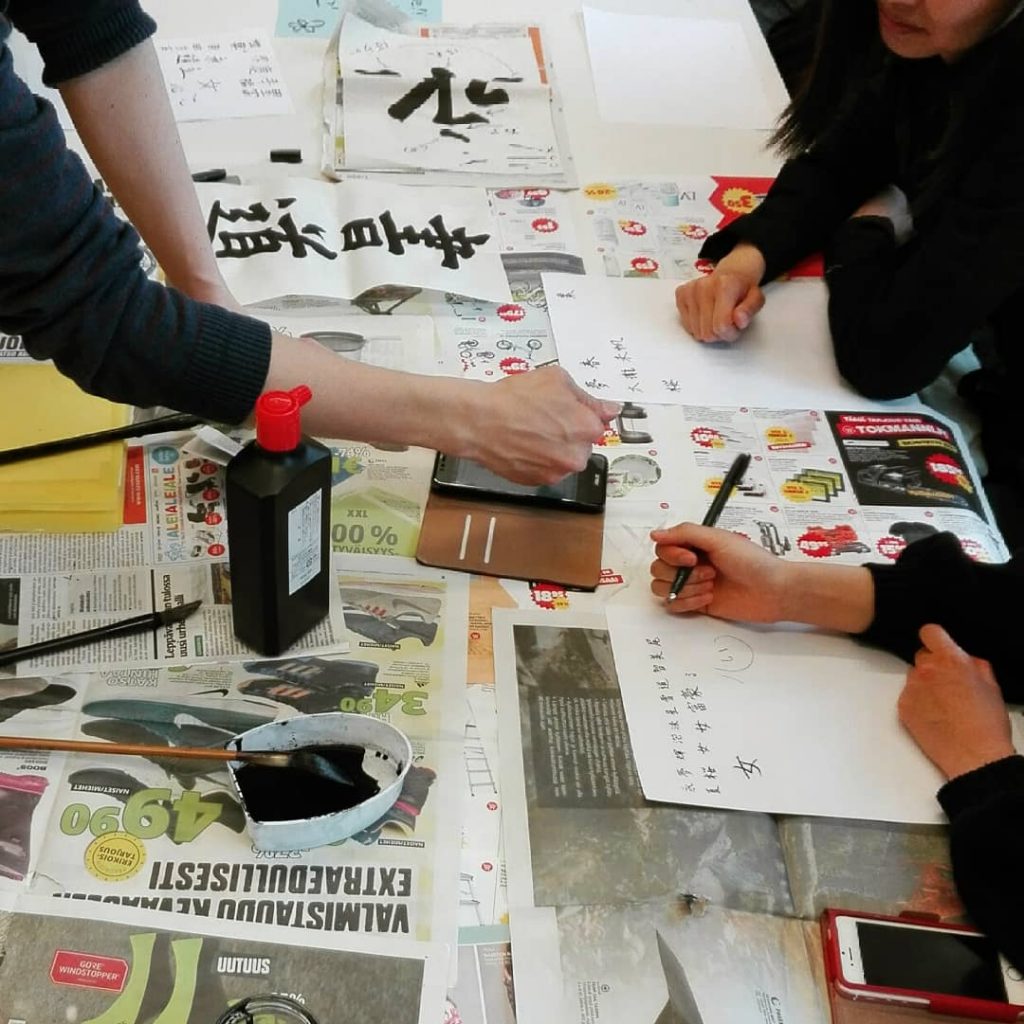As a part of my duties as an English language teaching assistant at the University of Helsinki Language Centre, I was asked to give a presentation on what it is like to be a university students to some local high school students for the ENA 6 course on Studying and Work Life.
I was put in touch with Sari Hopeakoski, an English and French teacher at Helsingin medialukio, with whom I exchanged some emails about what was expected. We agreed that I would give my presentation remotely on 16 March 2020 (which worked out perfectly as this ended up being the first day of distance learning for Finnish high schools due to the coronavirus pandemic).
The day before the presentation, Sari and I met online to test the video conferencing tool we would be using and further discussed what I could include in my presentation. After introducing myself and going a bit more in detail about my background, we decided to expand the scope of my presentation from just what it is like to be a university student, to an introduction to the educational system of my home country, Barbados, and what life is like there, my experiences studying as a Bachelor’s and Master’s student in England, my Erasmus exchange in France, and finally what it has been like studying at the University of Helsinki, in contrast to my previous studies.
I put together a presentation with lots of pictures and a few notes, which I gave twice, to two groups. The students were very active and interested to hear about my experiences, and had many questions especially regarding what it was like studying in England and how it differs from studying in Finland.
As it was the first day of distance learning, the students were not quite yet accustomed to this style of learning, so many of the students were quite shy, preferring to keep their videos off and typing their questions rather than using their voices. This sometimes made it hard to grasp how much they understood and to know whether I was talking too quickly, or whether they were even listening. In this regard, I think it would have been nicer to be physically present at the school, but it was a nice warm up for what would soon become 2.5 months of distance learning and teaching worldwide!
Overall, it was a really rewarding experience for me. I was able to meet a local English teacher and students, and gain better insight into how the Finnish school system works. It was also a nice opportunity to reflect on my experiences – as humans we adapt so quickly to change and what was once so new and so different quickly becomes totally normal. It was refreshing to look back on my previous and current studies from a new perspective and see how far I’ve come from the nervous 18-year-old who left a small island to study abroad.
Text and picture: Laura Martin, MA student at the University of Helsinki and course assistant






